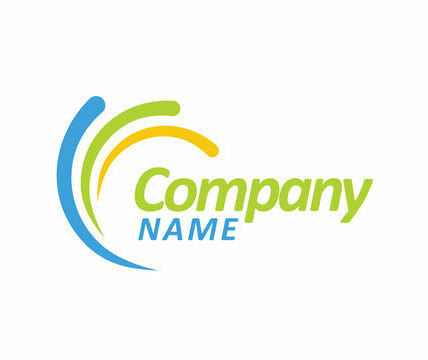Typography is a fundamental element of design that influences how information is conveyed and the overall visual impact of a piece. Whether you’re designing a website, a poster, or any other visual content, your choice of fonts and how you use them can make or break your design. Here, we explore some typography tactics to help you enhance your design with effective font choices.
Understand Typeface Categories
Fonts can be broadly categorized into several groups, including serif, sans-serif, script, and display. Understanding these categories is crucial, as they convey different moods and are suitable for various design contexts. Serif fonts, for example, often evoke a sense of tradition and formality, while sans-serif fonts tend to appear modern and clean.
Hierarchy and Readability
One of the primary functions of typography is to convey information clearly. Establish a hierarchy by using different fonts or variations within a single font family. Ensure that headlines are attention-grabbing but not overpowering and that body text is highly readable. Consider factors like font size, spacing, and line height for optimal legibility.
Limit Font Choices
While it can be tempting to use a wide range of fonts, it’s generally best to limit your selection to two or three fonts in a single design. Too many fonts can create a chaotic and unprofessional look. Use different font weights and styles within the same typeface to create variety without sacrificing cohesion.
Pair Fonts Thoughtfully
When using multiple fonts, pay attention to how they complement each other. Combining fonts from different typeface categories, such as pairing a serif with a sans-serif, often creates a pleasing contrast. Ensure that the fonts you choose work well together and don’t clash.
Consider Brand Identity
If you’re working on a project for a brand or organization, consider their existing branding guidelines. Using fonts that align with their established identity helps maintain consistency and reinforces brand recognition.
Customization and Uniqueness
Customizing fonts or creating custom lettering can add a unique and personal touch to your design. Custom fonts are particularly valuable for branding and logo design, as they can set a brand apart from the competition.
Play with Scale and Style
Experiment with font size, weight, and style to create visual interest. Bold or italic variations of a font can be used selectively to emphasize specific words or phrases. Scaling fonts in a responsive design can also help maintain readability across different screen sizes.
White Space and Alignment
Pay attention to the space around your text. Adequate white space enhances readability and prevents text from appearing cluttered. Consider alignment choices (left, right, centered, justified) to create a harmonious layout.
Test Across Devices
Ensure your chosen fonts render well on various devices and screen sizes. Some fonts may not display correctly or as intended on all platforms, so it’s essential to test and adjust accordingly.
Mood and Context
Consider the mood and context of your design. Different fonts evoke different emotions. For example, a playful script font might be suitable for a children’s event poster, while a sophisticated serif font is more appropriate for a formal invitation.
Conclusion: Typography’s Impact on Design
Typography is a potent tool in design, shaping the visual and emotional impact of your creations. By understanding typeface categories, establishing hierarchy, limiting font choices, pairing fonts thoughtfully, and considering brand identity, you can harness the power of typography to create compelling and effective designs. Experiment with scale, style, and spacing to add depth and character to your text, and remember to test your design on various devices for a seamless user experience. Typography, when used strategically, can elevate your design to new heights.





